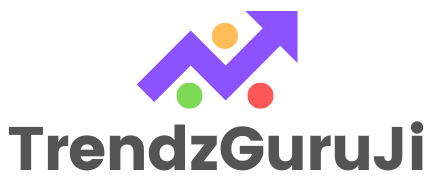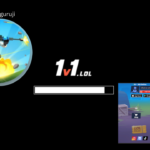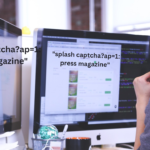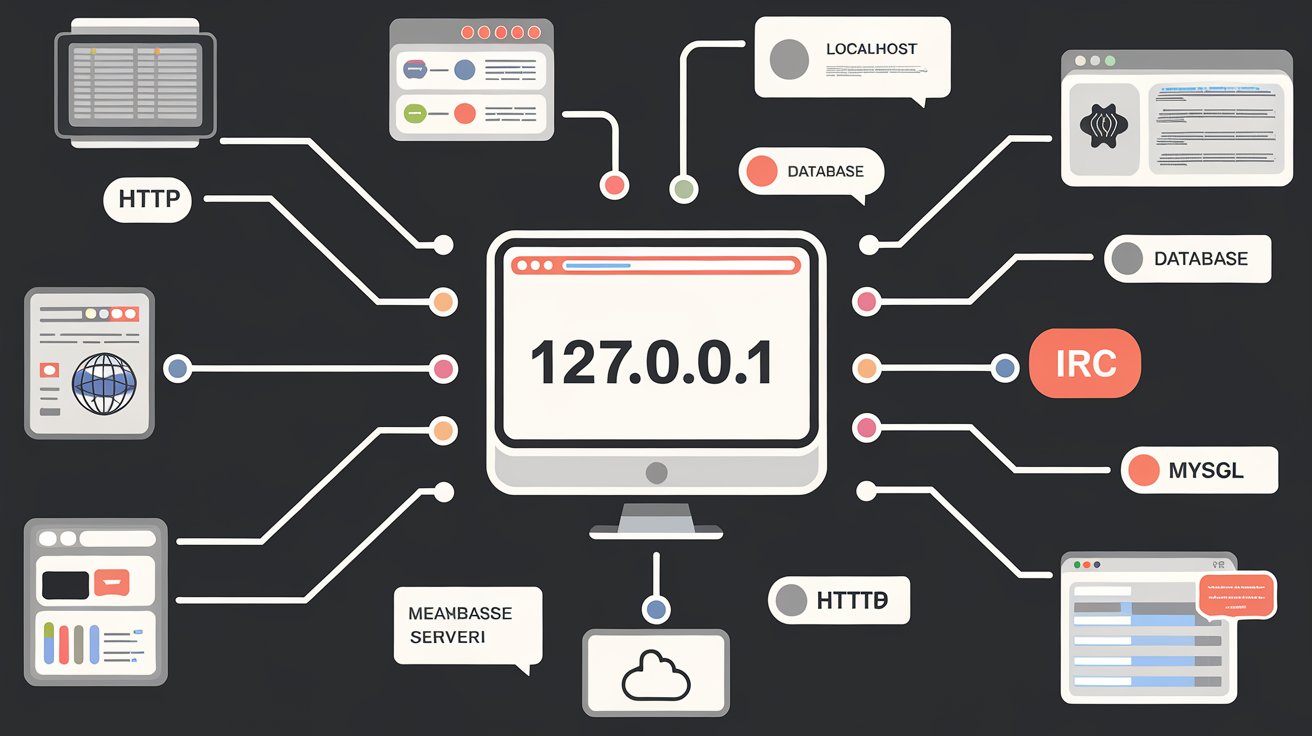Regarding web security, terms like “splash captcha?ap=1: press magazine” might seem like a random string of characters. However, each part of this term is critical in protecting websites and ensuring users have a safe online experience. In this article, we’ll explore how these components work together to maintain the integrity of web platforms.
What is “splashui captcha?ap=1: pressmagazine”?
At first glance, “splashui captcha?ap=1: pressmagazine” might appear confusing. However, understanding each component can reveal its significance.
SplashUI: The term “splashUI” likely refers to a user interface element that appears as a splash screen. Splash screens are commonly used in applications to provide users with a welcome screen, load information, or display important messages before granting access to the main content. In the web security context, SplashUI may serve as the gateway to a secure website area, requiring user interaction to proceed.
CAPTCHA: CAPTCHA stands for “Completely Automated Public Turing Test to Tell Computers and Humans Apart.” It’s a widely used security measure to ensure that the user is a human, not a bot. CAPTCHA challenges often involve identifying distorted text, selecting images that match a description, or performing simple math tasks. The purpose is to filter out automated bots trying to access restricted content or perform malicious activities.
ap=1: This part of the term is a parameter, possibly related to an application or function. URLs often use Parameters like this to pass specific instructions to the server, such as which application mode to run or which content to display.
PressMagazine: The final part of the term “PressMagazine” could refer to a specific publication or section of a website dealing with press-related content. It also denotes a special site area where only authorized users, such as journalists, can gain access.
The Role of “splash captcha?ap=1: press magazine” in Web Security
Now that we’ve broken down the term, it’s easier to understand how “splash captcha?ap=1: press magazine” enhances web security. Websites and online applications face constant threats from bots, hackers, and automated scripts designed to exploit vulnerabilities. Implementing CAPTCHA within a SplashUI framework, especially in sensitive areas like those related to press content, helps mitigate these threats.
1. Preventing Unauthorized Access
One of the primary functions of a CAPTCHA is to prevent unauthorized access. By requiring users to prove they are human, websites can block bots attempting to log in, scrape content, or execute other unwanted actions. In the context of “splash captcha?ap=1: press magazine,” this mechanism ensures that only legitimate users can access the press-related content, preserving the publication’s integrity.
2. Enhancing User Experience
While security is paramount, user experience should not be compromised. SplashUI provides an intuitive and visually appealing way to present CAPTCHAs, making the verification process less intrusive. For example, instead of being greeted by a standard CAPTCHA form, users might first see a splash screen that introduces them to the site or gives them relevant information, followed by a CAPTCHA integrated into the design.
3. Protecting Sensitive Information
Sensitive information needs robust protection, especially in the media and press sectors. Journalists and editors often work with confidential sources and unpublished stories that, if leaked, could have significant consequences. By incorporating “splash captcha?ap=1: press magazine,” website administrators add a layer of security, ensuring that only verified users can access these critical areas.
4. Adapting to Different Applications
The “ap=1” parameter suggests that this security measure can be adapted to different applications or sections of a website. This flexibility is crucial in modern web development, where different parts of a website may require varying levels of security. For instance, a general news section might have a different CAPTCHA requirement than an exclusive press release area.
The Future of Web Security: Innovations and Challenges
As technology evolves, so do the methods hackers and bots use to bypass security measures. Tools like “splash captcha?ap=1: press magazine” must also evolve to stay effective. Future innovations include more advanced CAPTCHAs that leverage artificial intelligence to create even more challenging tests or the integration of biometric verification to complement traditional methods.
However, with these advancements come challenges. More complex CAPTCHAs might frustrate users, leading to higher bounce rates or lower engagement. Striking the right balance between security and user experience will be key to the continued success of tools like “splash captcha.ap=1: pressmagazine.”
Conclusion: The Importance of “Splash Captcha?ap=1: press magazine”
In today’s digital landscape, where threats to web security are ever-present, tools like “splash captcha?ap=1: press magazine” are indispensable. By combining intuitive user interfaces, robust CAPTCHA systems, and adaptable parameters, this tool ensures that sensitive content remains protected while offering a seamless experience for legitimate users. As we look to the future, such tools’ continued innovation and refinement will be crucial in maintaining the security and integrity of online platforms.
In summary, “splash captcha?ap=1: press magazine” is not just a random string of characters; it represents a sophisticated approach to web security that balances protection with user experience. Its role in preventing unauthorized access, enhancing the user journey, and safeguarding sensitive information cannot be overstated. As web security continues to evolve, so will the tools and methods used to protect the digital spaces we rely on daily.











